Ottawa - August 10, 2013
Saturday was a beautiful day in Ottawa. City bicycles were available to rent for $7.00/day. This allowed you to ride around for 1 hour before accruing any additional charges. The trick is to turn in the bicycle within the hour limit, wait 5 minutes and check out a bicycle for another hour ride. With all of the rental sites available nearby, I managed to ride around for 4 hours at a cost of less than $11. There are over 200 km of bicycle trails around Ottawa. The Rideau River has a wonderful path around it. In the winter it turns into the largest ice skating rink. There are also paths along the Ottawa River.
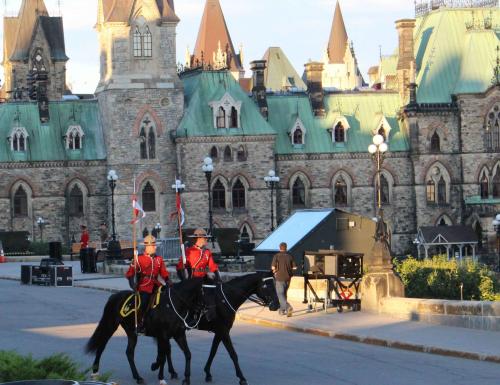
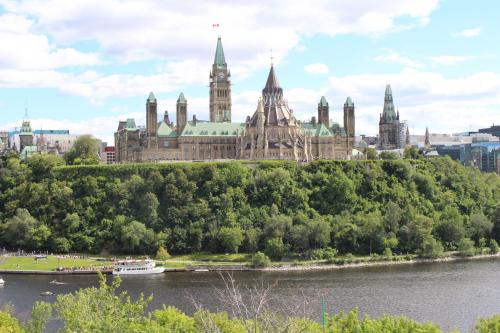
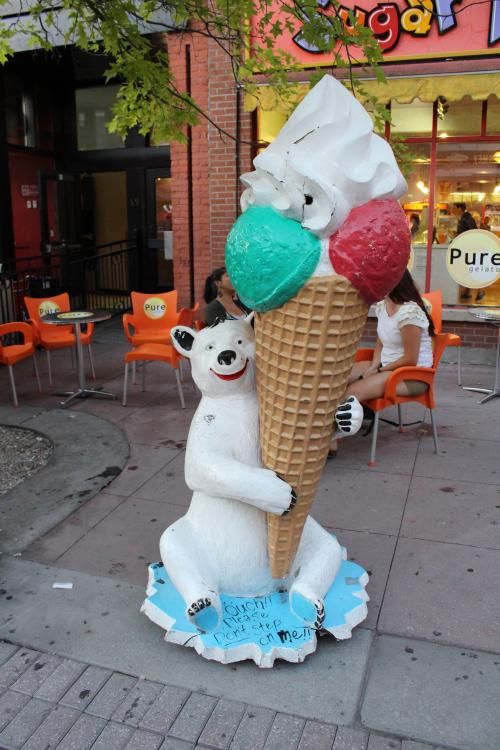
Nunavut - August 11, 2013
Nunavut, once part of the Northwest Territories, became Canada's newest territory on April 1, 1999. It contains one-fifth of Canada's land mass and it is broken into three regions, Qikiaqtaaluk lies to the east, Kivalliq is in the central region along the Western Coast of Hudson Bay, and Kitikmeot covers the western portion of the territory. Nunavut means "our land" in Inukitut, the language of the Inuit people who comprise 85% of the 29,500 residents. To put this in perspective, the total enrollment for 2012-2013 at the University of Arizona was 40,223 students. Nunavut covers an area of 355,842 square miles, nearly the size of California. The Inuit of Nunavut are the largest private landowners in North America. Today we visited Iqaluit, the capital of the territory with a population of approximately 6,000 people.
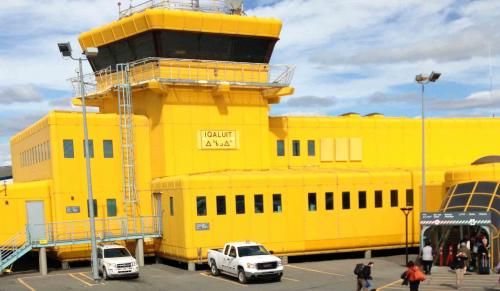
Nunavut's government incorporates traditional values and beliefs into a modern government. There are Departments of Culture, Language, Elders and Youth. There are no political parties in their government.
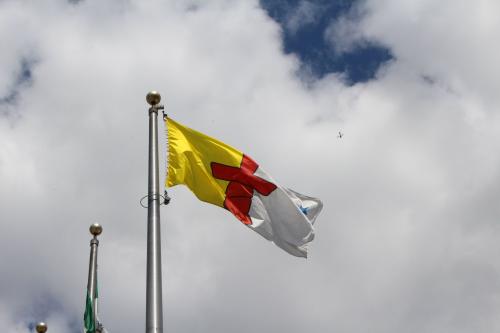
Journey
Our First Air flight from Ottawa to Iqaluit, Nunavut (Pronounced ee-cal-o-wit), was a charter jet. It was amazing to fly out of a smaller airport and bypass airport security. During the flight we received hot towels, breakfast, and warm cookies. After landing, we spent the day touring the town. Like many Inuit communities in Canada, the majority of the people work in government, tourism and service jobs. Subsistence hunting is a necessity for many people, and an integral part of their culture. Houses in Iqaluit can cost upwards of $600,000 Canadian. The government provides support to many people. A gallon of milk in the grocery store costs $9.85. Artwork can be found throughout the city.
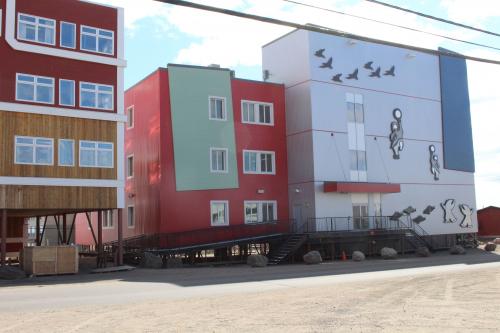
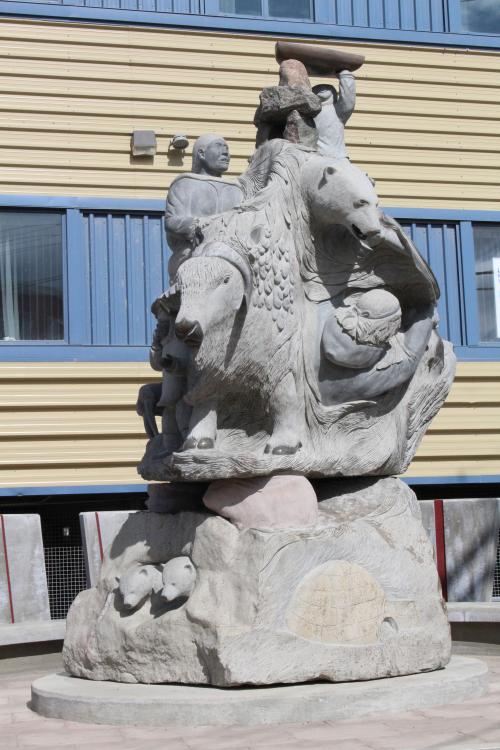
Late in the afternoon buses delivered us to the harbor for our first zodiac ride of the trip. The zodiacs are the inflatable hard bottom rafts that Linblad Expeditions use to ferry 10 people at a time back and forth from land to ship. Most landings involve wading in the water with boots on. Occasionally when the beach allowed, we were able to use an invention of an engineer on the ship, the Drylander. The butterfly shaped structure, a bridge surrounded by pontoons, allowed the quests to disembark without getting their feet wet. The National Geographic Explorer was waiting for us. After a safety orientation and dinner, we were treated to our first Arctic sunset.
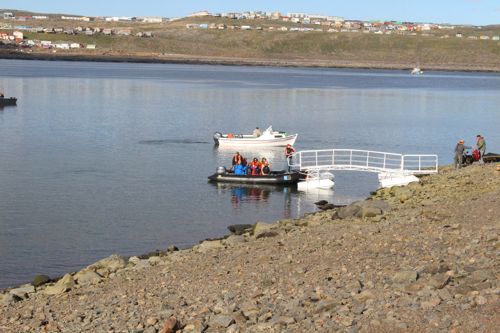
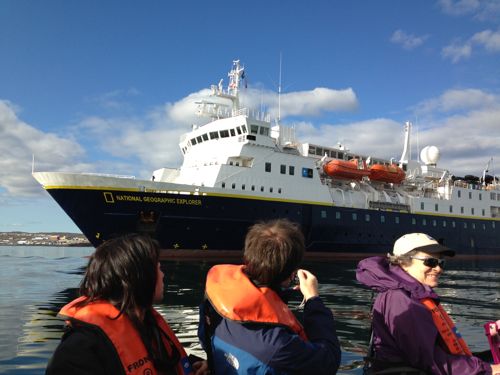
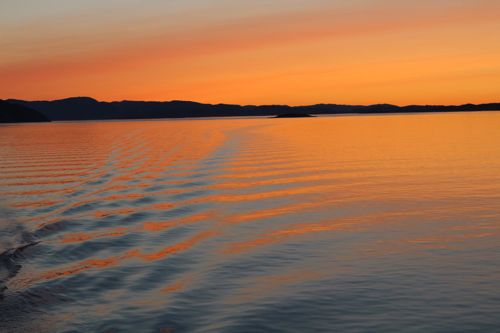


Comments